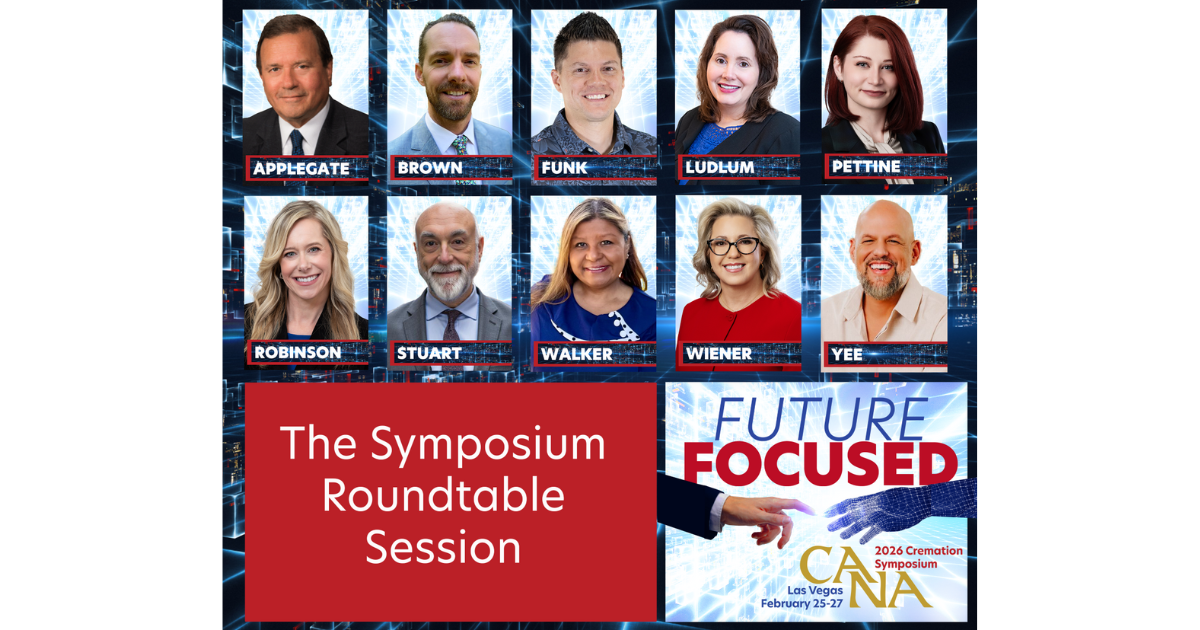Help Is On The Way! Mortuary School Enrollments Increased This Year
For at least the last two years, recruitment and retention of employees have topped the list of concerns and frustrations of deathcare professionals. Salary increases, relocation reimbursements, and sign-on bonuses have only slightly moved the recruitment success needle. Thankfully, there’s some hope on the horizon as mortuary school enrollments are finally on the rise.
The lowest of lows
Deathcare has been called a “recession-proof” industry with “guaranteed” job security. So why the shortage? Most of today’s staffing issues can be attributed to the COVID-19 pandemic, where the simplest economic equation — supply vs. demand — certainly applied. There simply weren’t enough people to handle the increase in excess deaths. At the same time, though, traditional staffing challenges (retirement, career change, burnout, etc.) were also running their course.
The profession experienced a similar shortage in 2000, when increasing retirements were coupled with dwindling mortuary school enrollments, and in 1996, when a one-year apprenticeship requirement was added to licensing requirements, resulting in a 26% drop in enrollments. In 2000, Stephanie Kann, director at Worsham College in Wheeling, told the Chicago Tribune that due to decreased enrollment, “we definitely have more positions to fill than we have students.”
Twenty-two years later, Leili McMurrough, Worsham’s current program director, is echoing Kann’s words.
“The shortage is so serious right now that there’s a 90% job placement rate for graduates of these programs,” she told CNN recently.
Light at the end of the tunnel
The American Board of Funeral Service Education (ABFSE), the national academic accreditation agency for college and university programs in Funeral Service and Mortuary Science Education, reported that in 2021 there was a 24% increase in total enrollment as compared to 2020.
According to the National Law Review, this trend is an anomaly among other other sectors of the economy.
“Unlike other fields in which the demand for workers is outpacing supply, the interest in joining the ranks of the funeral services business is booming.”
The Review also notes that most new students and 72% of graduates are female, which “stands in contrast to the nearly 2 million women who left the job market during the COVID-19 pandemic.”
The U.S. Bureau of Labor Statistics (BLS) predicts plenty of opportunity for these future deathcare workers in its most recent Occupational Outlook Handbook, which states that “overall employment of funeral service workers is projected to grow 8% from 2021 to 2031, faster than the average for all occupations.”
When this data is broken down into specific positions within deathcare, the BLS projects 9% growth in non-management positions.
Pros and cons
Connecting Directors readers know that folks don’t enter the deathcare profession for the money (despite the ridiculous misconception that you’re making billions on casket markups). That less-than-competitive $58,900 median pay number doesn’t always justify the erratic hours, long days, and emotional roller coasters that characterize this occupation.
Worsham’s McMurrough believes there are other pros, though.
“You do have the opportunity to advance in just a few years from getting your college degree to becoming a funeral director or even owning your own funeral home,” she told CNN. She also cited the flexibility of new online learning options at mortuary schools and the relatively low cost of tuition as incentives to enter the program.
Of course, during the pandemic, most people were exposed to a lifetime’s worth of deaths. Losing friends and loved ones of all ages led folks to face their own mortality and become exposed to the workings of everything deathcare. These experiences could be driving future mortuary students to enter the profession to replicate what they saw or work to improve something they thought could be done better.
Perhaps NFDA President Randy Anderson said it best.
“This isn’t a career path for everyone,” he told CNN. “You have to be drawn to it and to the opportunity of helping your fellow man and be satisfied with just that.”




